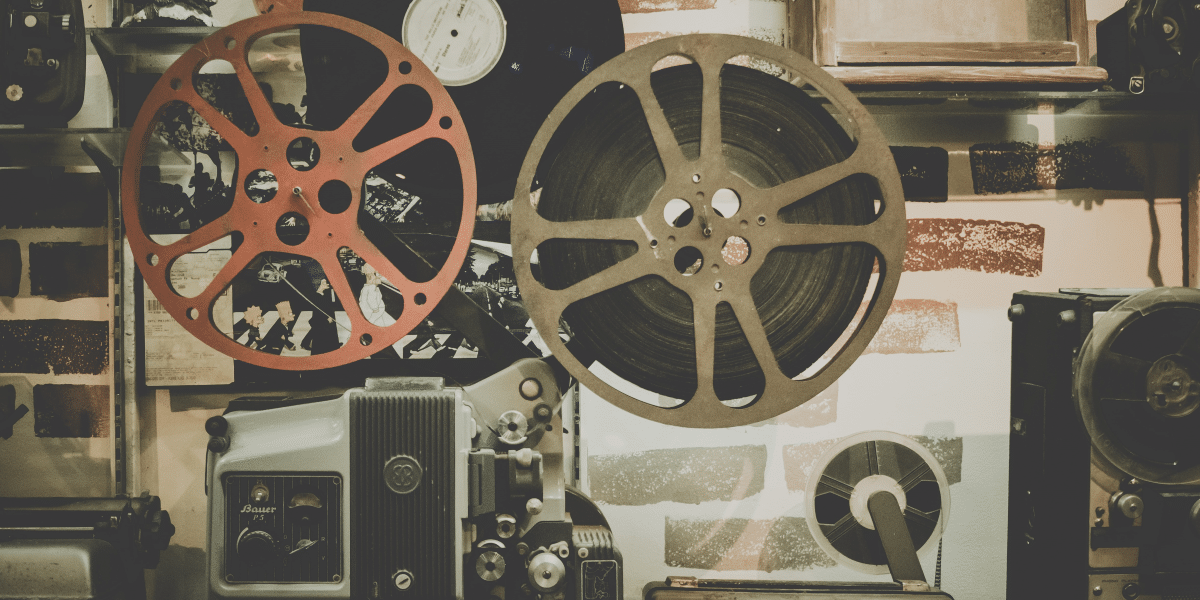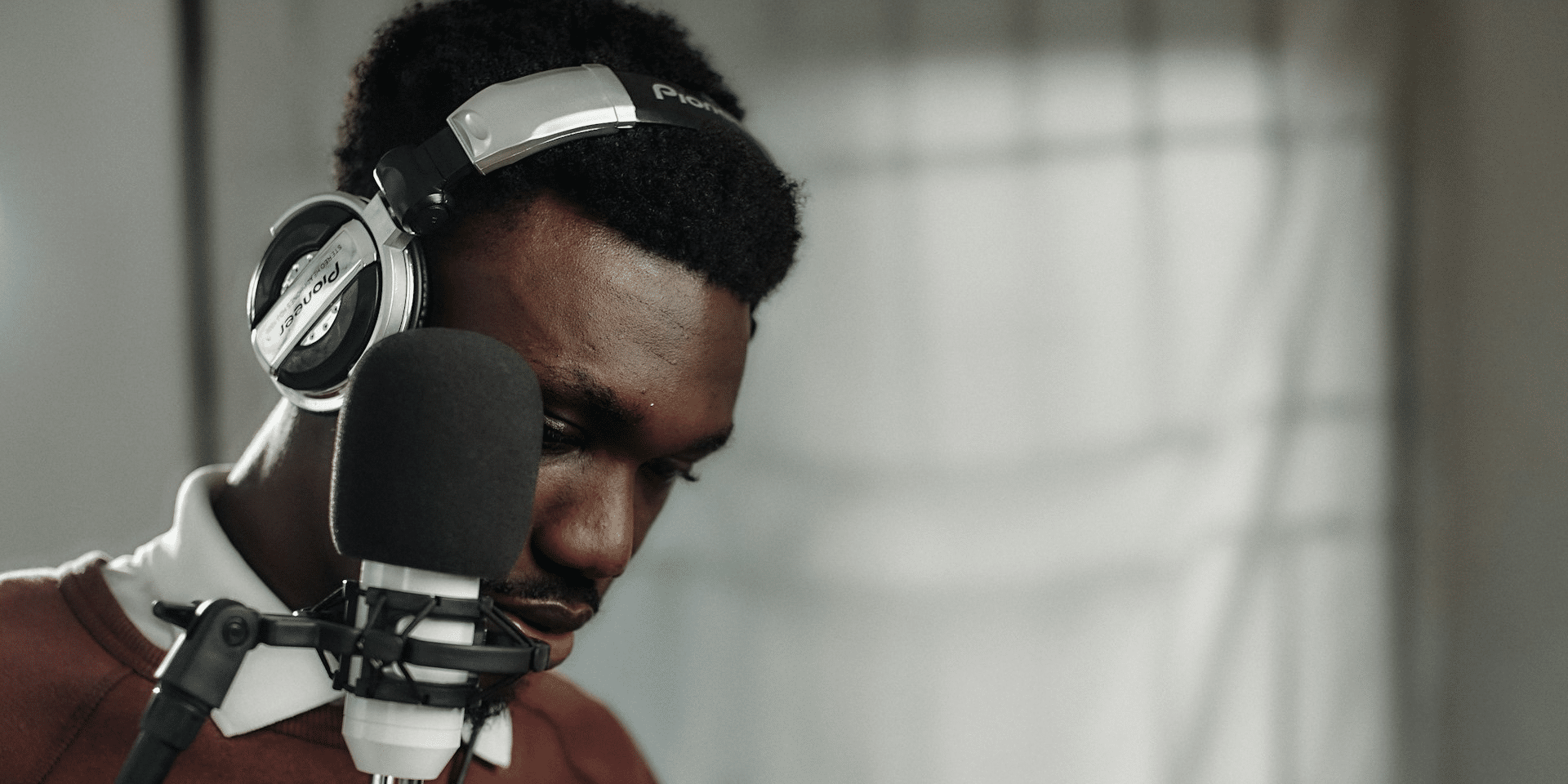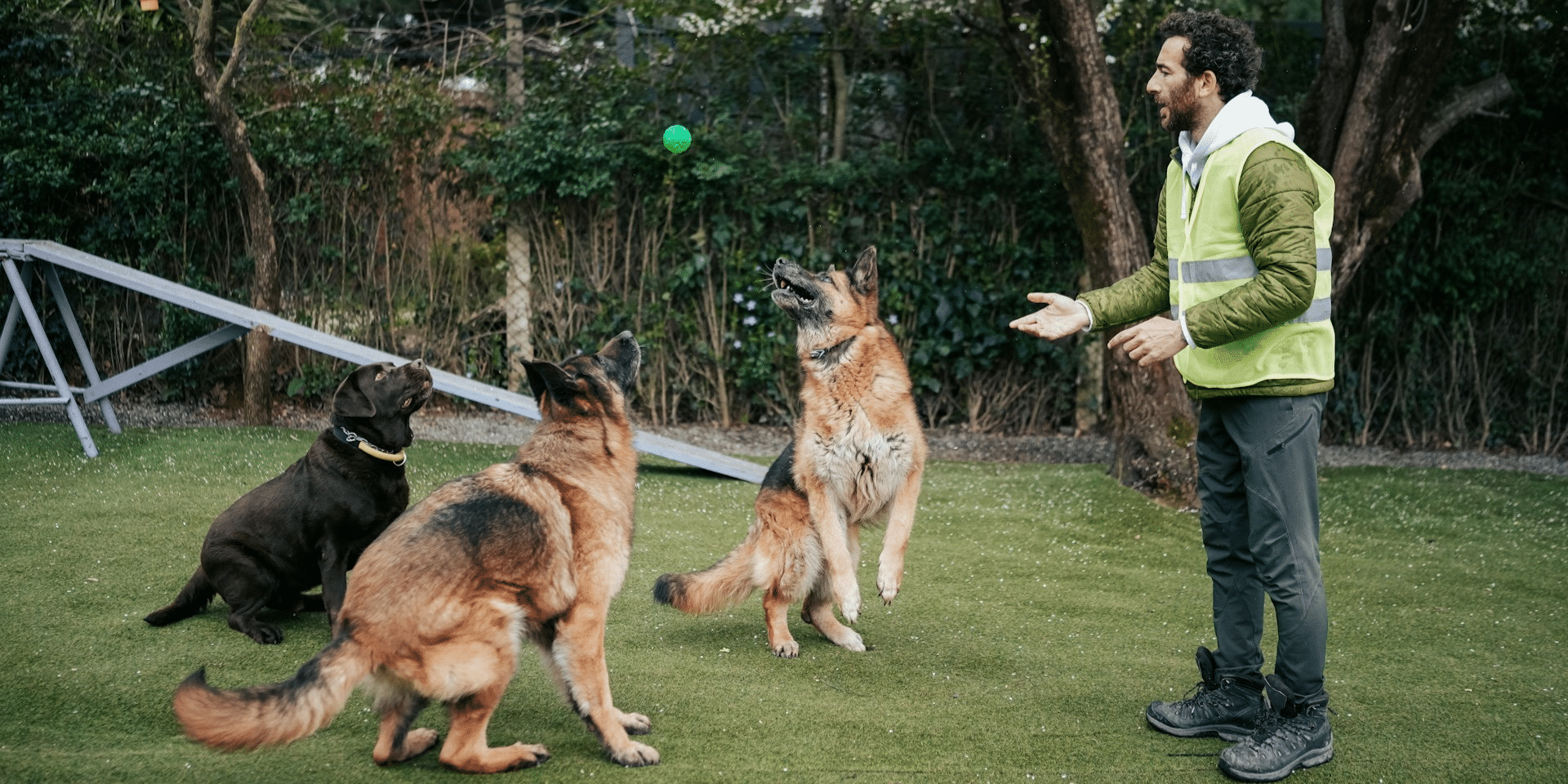In the realm of filmmaking, where storytelling takes center stage, historical accuracy is often a critical aspect of crafting compelling narratives. Foreign filmmakers, keenly aware of the significance of preserving the past, have increasingly turned to CGI (Computer-Generated Imagery) as a tool to breathe life into bygone eras. As we explore the intricate dance between CGI and historical accuracy in foreign films, we are guided by the insightful perspectives of Francis Grady from Springfield, Pennsylvania, who offers a unique lens through which to view this captivating fusion of art and technology.
The Power of Visual Authenticity
Historical accuracy is paramount when it comes to portraying events, places, and figures from the past. It transports audiences to different epochs, immersing them in the world of bygone eras. Francis Grady, a film enthusiast known for his discerning eye, acknowledges that visual authenticity plays a pivotal role in creating a genuine connection between the viewer and the historical narrative. “CGI has the power to recreate historical settings with remarkable precision,” Grady affirms. “This not only enhances the storytelling but also offers a unique opportunity to educate and engage audiences with history.”
CGI enables foreign filmmakers to meticulously recreate historical landmarks, costumes, and architecture. Whether it’s the grandeur of a medieval castle or the bustling streets of a 19th-century city, CGI lends a level of authenticity that transports audiences back in time. Grady believes that this visual accuracy helps audiences gain a deeper appreciation for historical events and the cultural contexts in which they unfolded.
The Resurrection of Iconic Figures
One of the most captivating applications of CGI in foreign films is the resurrection of iconic historical figures. Francis Grady points out that CGI allows filmmakers to bring historical luminaries back to life, showcasing their mannerisms, expressions, and speech in a way that history books cannot. “Seeing historical figures portrayed with such authenticity fosters a sense of connection and understanding,” Grady notes. “It allows audiences to witness history firsthand and feel as though they are in the presence of these figures.”
Foreign films have utilized CGI to portray iconic figures with remarkable accuracy. From renowned leaders like Abraham Lincoln to celebrated artists like Vincent van Gogh, CGI has enabled filmmakers to delve into the lives and personalities of these individuals. Grady emphasizes that this level of historical immersion has the potential to inspire audiences to explore history further, fostering a curiosity that extends beyond the silver screen.
Reviving Lost Worlds and Cultures
Beyond individuals, CGI in foreign films is instrumental in reviving lost worlds and cultures that have faded into the annals of time. Filmmakers, with the guidance of experts and historians, painstakingly recreate ancient civilizations, traditions, and rituals. This meticulous attention to detail breathes life into cultures that might otherwise be forgotten.
Francis Grady highlights that CGI offers foreign filmmakers the opportunity to present history as a vibrant tapestry of cultures. “Audiences can witness ancient ceremonies, explore the architecture of vanished empires, and gain a profound understanding of the traditions that have shaped our world,” Grady remarks. This immersion not only educates but also fosters a sense of respect and appreciation for the diversity of human history.
The Quest for Historical Accuracy
While the power of CGI in preserving historical accuracy is undeniable, it also comes with a responsibility to maintain a high standard of fidelity. Francis Grady emphasizes that the quest for historical accuracy should be accompanied by rigorous research and consultation with historians and experts. “Filmmakers must strike a delicate balance between creative storytelling and historical precision,” Grady advises. “This involves meticulous attention to details, from clothing and architecture to dialects and customs.”
The commitment to historical accuracy extends to the portrayal of pivotal events. Filmmakers use CGI to recreate battles, political gatherings, and significant historical moments. Grady underscores the importance of treating these scenes with utmost care, ensuring they align with historical records and narratives.
CGI: A Bridge to the Past
The synergy between CGI and historical accuracy in foreign films transcends entertainment; it serves as a bridge to the past, connecting audiences with the rich tapestry of history. Francis Grady believes that this connection allows viewers to not only learn from the past but also appreciate the challenges, triumphs, and complexities of earlier generations. “It’s a form of time travel,” Grady reflects, “that allows us to witness the human experience across different epochs.”
Foreign films have used CGI to reconstruct everything from ancient Rome to medieval Europe, bringing to life the stories of kings and queens, warriors and scholars. This bridge to the past not only educates but also fosters empathy and a deeper understanding of the struggles and triumphs of our ancestors.
The Future of CGI and Historical Accuracy
As we peer into the future, the marriage between CGI and historical accuracy in foreign films is set to evolve further. Francis Grady envisions a landscape where filmmakers use CGI not only for visual accuracy but also to delve deeper into the emotional and psychological aspects of historical figures. “We can expect to see CGI exploring the complexities of historical characters, revealing their vulnerabilities, and shedding light on their personal journeys,” Grady predicts.
Furthermore, advancements in CGI technology, including AI-driven simulations, will likely enhance the precision and efficiency of historical recreations. This will empower filmmakers to tackle increasingly ambitious projects with a high degree of accuracy.
Conclusion
The integration of CGI and historical accuracy in foreign films represents a captivating fusion of technology and artistry. As Francis Grady aptly summarizes, “CGI serves as a conduit through which we can explore, learn, and connect with history.” It enables foreign filmmakers to present history in a visually stunning and emotionally resonant manner, fostering a deeper appreciation for our shared human heritage.
The future holds even greater promise, as CGI continues to push the boundaries of historical accuracy. As technology advances, so too will our ability to bridge the gap between the past and the present, allowing us to witness history’s defining moments with unprecedented clarity and empathy.
As we embark on this cinematic journey through time, guided by the insights of Francis Grady and the vision of foreign filmmakers, we are reminded that history is not a distant tale but a living narrative that continues to shape our world. Through CGI, history’s echoes reverberate across generations, inspiring us to explore, understand, and preserve the past for generations yet to come.














